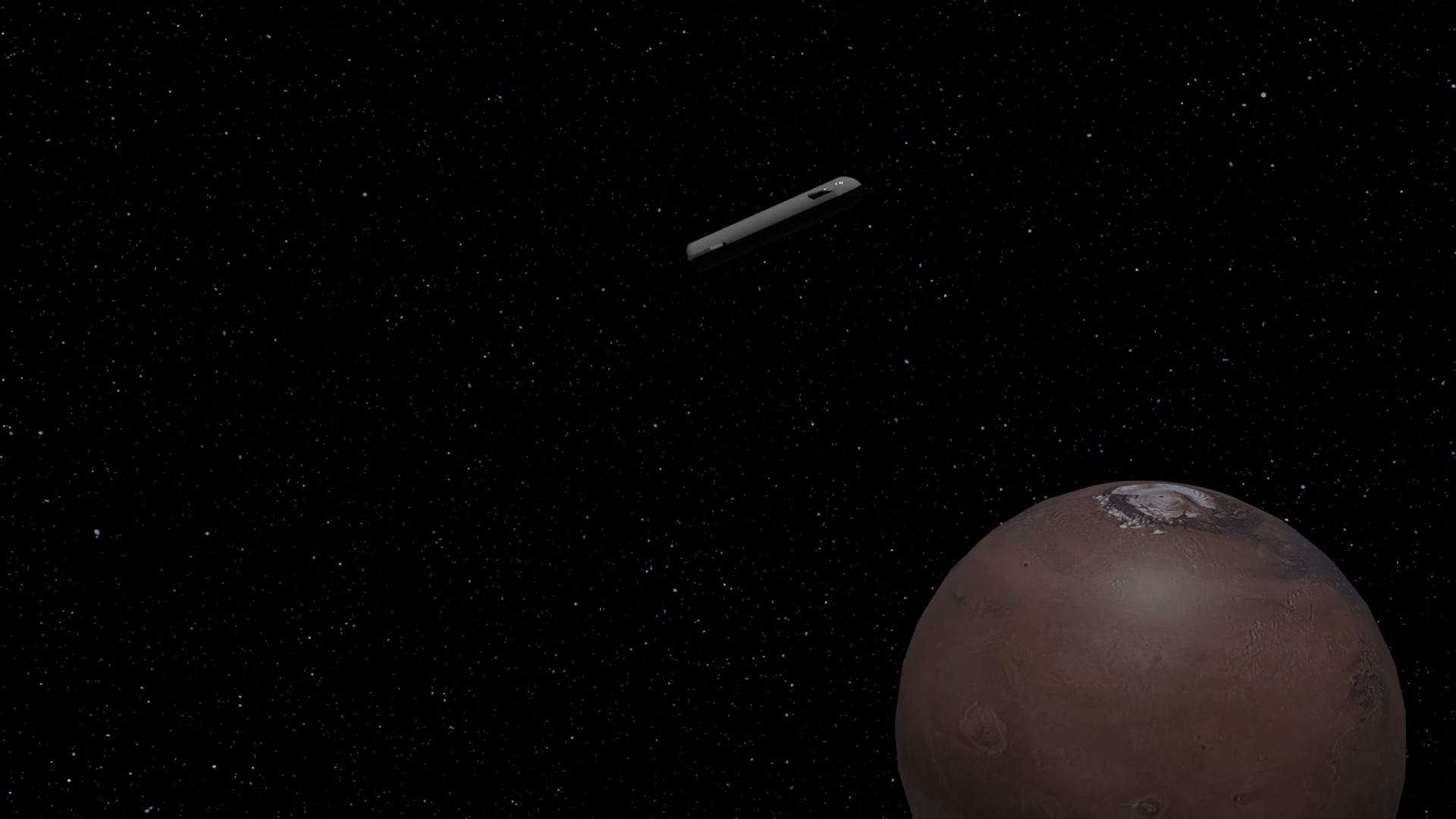The Tumble Method: Artificial Gravity for Long-Duration Space Missions
The "Tumble Method," also known as the "tumbling pigeon" technique, is a proposed approach to generating artificial gravity during extended space travel, such as a trip to Mars. It involves rotating a spacecraft end-over-end around its transverse axis—perpendicular to its length—to create centrifugal force that simulates gravity for the crew. This method utilizes the spacecraft's existing structure without requiring additional hardware like tethers or centrifuges, making it suitable for vehicles like SpaceX's Starship or other interplanetary designs. It's especially applicable during the coast phase of a Mars mission, which lasts 4-9 months after leaving Earth's orbit and before arrival.
Elon Musk has indicated that a variation of this method will be employed for Mars journeys. In a March 7, 2024, reply on X (formerly Twitter), he stated: "Starship will have a small spin on the way to Mars. Even a tiny gravity vector is better than none."
Concept and How It Works
In the Tumble Method, the spacecraft spins around its center of mass, calculated based on factors like fuel, payload, and structure. For a Block 2 Starship-like vehicle (about 52 meters long), the center of mass might be around 31 meters from the base with a 50-ton payload in the upper crew section.
-
Rotation Mechanism: Thrusters initiate a controlled tumble at a low rate, such as 3 revolutions per minute (RPM). This end-over-end motion generates centrifugal acceleration via the formula (a = \omega^2 r), where (\omega) is angular velocity (e.g., (\omega \approx 0.314) rad/s for 3 RPM) and (r) is the distance from the axis (up to ~26 meters at the ends). At 3 RPM with a 20-26 meter radius, this yields 0.2-0.38 g at the extremities—comparable to Mars' 0.38 g—while gravity approaches zero at the center, enabling multi-level experiments.
-
Implementation Steps: Post-Earth orbit escape, the ship enters coast mode, and attitude control systems spin it up. Crew areas feature floors facing outward from the axis for a "down" sensation. Upon nearing Mars, the spin is reduced for orbital insertion.
This contrasts with alternatives like full-ship rotation around the long axis (limited to ~0.08 g at 4 RPM due to a small ~4.5-meter radius) or tethered systems.

Benefits for a Mars Mission
Prolonged microgravity during a 4-9 month journey causes bone density loss (1-2% per month), muscle atrophy, fluid shifts leading to vision issues, and psychological disorientation. The Tumble Method at ~0.2-0.38 g—near the human perception threshold—mitigates these effects, reducing the need for intensive exercise (from 2+ hours daily to under 1 hour) and improving mission success.
Physiological Advantages
- Reduces bone and muscle degradation by 50-70%, preserving mechanical loading and lowering fracture risk upon arrival.
- Improves cardiovascular health by preventing fluid shifts, stabilizing blood pressure, and reducing orthostatic intolerance.
- Mitigates kidney strain, supports lung function, and decreases space adaptation syndrome (initial nausea), easing transitions to Mars' gravity and potentially shortening acclimation from weeks to days.
Psychological and Operational Perks
- Provides a sense of "up/down," simplifying daily tasks like eating and hygiene, minimizing motion sickness from Coriolis effects (low at larger radii and 3 RPM), and boosting morale.
- Enhances well-being by supporting better sleep, social interactions, and productivity while reducing stress, cognitive fatigue, apathy, anxiety, and mood disorders.
- Enables safer, more efficient operations with fewer errors, less equipment needs, and better crew performance; for nuclear electric propulsion (NEP) concepts, it counters low-thrust issues, saving ~1 ton of propellant for spin control.
No extra mass is required, and it supports gravity research at varying levels (e.g., 0.25-0.48 g across floors).
Challenges and Considerations
- Coriolis Effects: Higher RPMs (>4) may cause dizziness; 3 RPM is a comfortable limit.
- Structural Stress: The spacecraft needs reinforcements to handle rotational forces.
- Navigation/Communication: Tumbling hinders antenna and solar panel alignment, necessitating gyro-stabilization or periodic spin-downs.
- Fuel Use: Spin-up/down maneuvers consume propellant (~485 kg each in some designs).
Real-world examples include Mars NEP and Stuhlinger Ion Rocket designs, which employ tumbling for efficient gravity simulation. NASA research supports its integration into Mars architectures for crew health, potentially simplifying landers. As of 2025, it remains conceptual, with ongoing studies for orbital testing.
